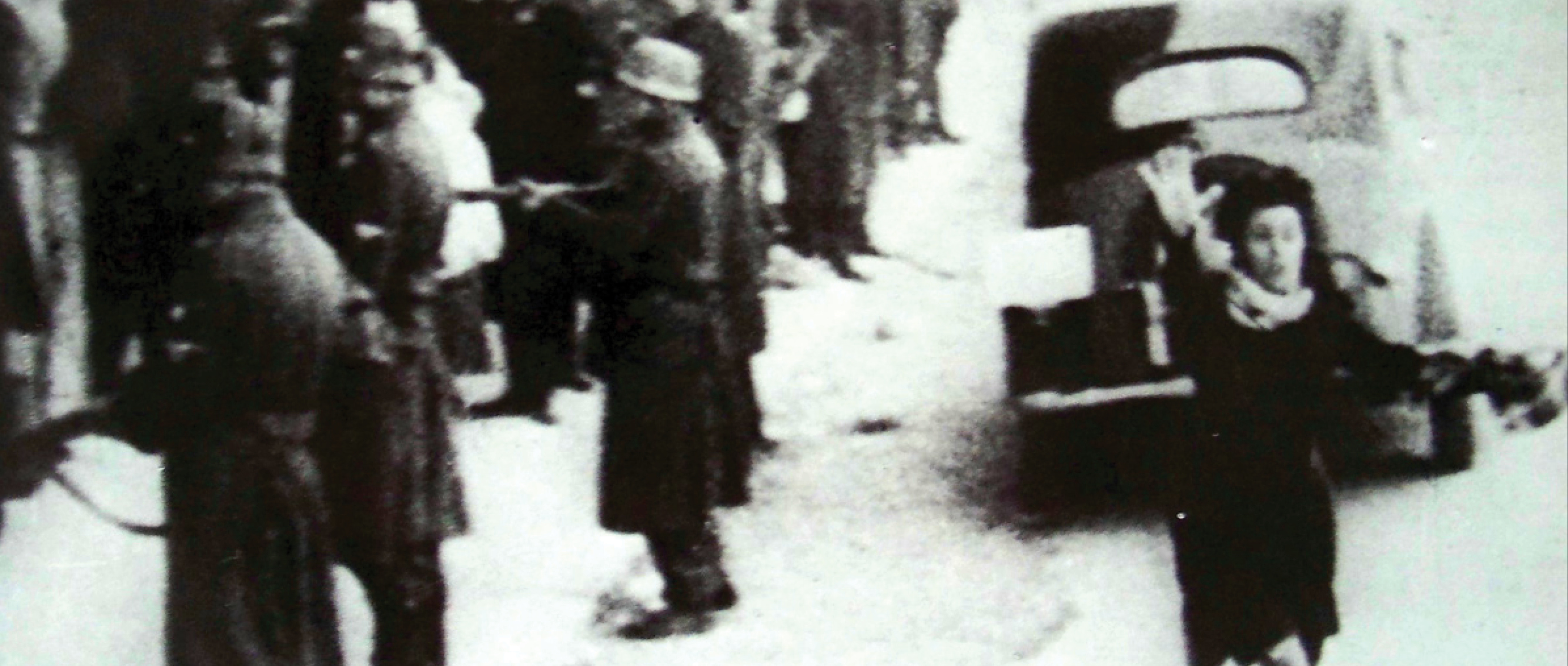Neorealism in Italian Cinema from Rossellini to Fellini and Beyond: Neorealist Masters and Their Legacy
Cross-listed with RMST355

Pina (played by Anna Magnani) in Roberto Rossellini’s 1945 Roma Città aperta/Rome Open City
Does reality matter? Is it subjective – yes … no … to what extent? How do we construe it? Does how we construe reality not depend, to a large extent, on how we represent / (motion)-picture it? (And vice-versa?). Tough, inescapable questions for our tough times.
In the rubble-strewn world of the immediate post-Second World War period, the answers given by masterly films by Rossellini, Visconti, De Santis and De Sica (and the scripts by Zavattini) amounted to landmark events and established Italian Neorealism as a worldwide cause célèbre.
This artistic movement, exemplary both in aesthetic achievements and ethical commitment, proved to reverberate durably in time: it influenced successive waves of younger Italian filmmakers — such as Lattuada, Fellini, Antonioni, Rosi, Scola and Pasolini — who became great auteurs in their own right, all the way the cinema politico of the 1970s and to the more recent nuovo cinema italiano from Moretti to Benigni.
Italian Neorealism also travelled widely in space, and it had an enormous impact on filmmakers the world over: from young Kurosawa’s Japan, to the United States, to countries (Brazil, India, Eastern Europe, Mexico and Hispanic America in general) previously known as “third world” who reached artistic maturity by absorbing and re-elaborating the great Italian Neorealist masters’ legacy. Even Netflix seems, very recently, to have taken note, in belated tribute (Alfonso Cuarón, Roma, Mexico 2018).
All films are subtitled in English. The viewings are introduced and/or followed by presentations and discussion.
Learning Outcomes:
In successfully completing this course on great Italian neorealist masters, students become keenly aware of how, by using committed filmmaking for ethical illustration of major social, economic, or political issues, it has been possible in the past to contribute to fostering a better informed, more humane humanity. Neorealism’s combination of cinematic accomplishment with box-office success for cultures across the world continues to be artistically and ethically exemplary to this day.
Assignments and Evaluation:
- midterm exam (30%)
- final exam (55%)
- participation (15%, which covers both attendance and its quality).
Required readings:
- Marcus, Millicent. Italian Film in the Light of Neorealism. Princeton, N.J.: Princeton University Press, 1986.
- Bondanella, Peter. A History of Italian Cinema. (N.Y.: Bloomsbury, 2017, prev. © 2013, 2011, 2009). Also posth. ed. by Federico Pacchioni.
Prerequisite: None
Language of instruction: English